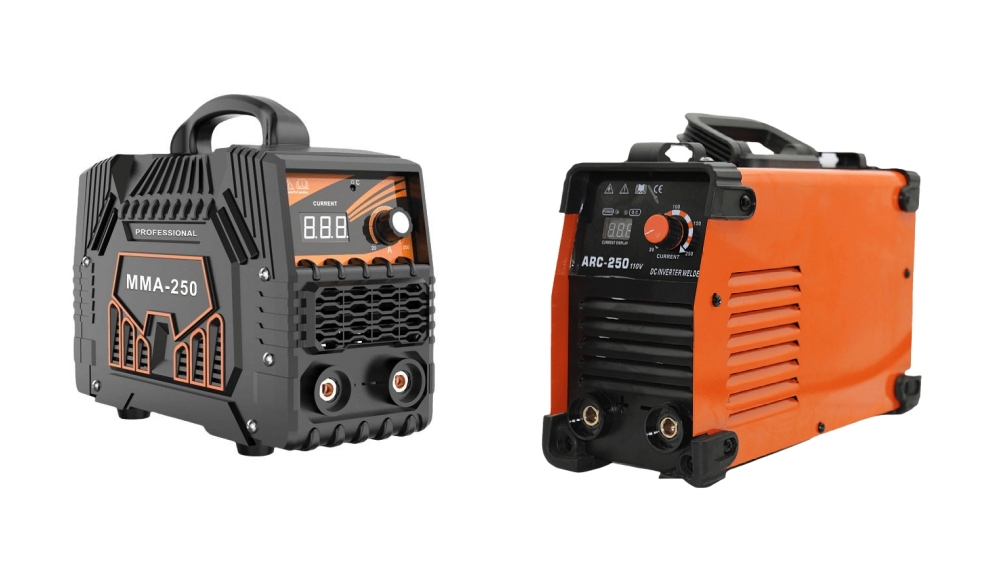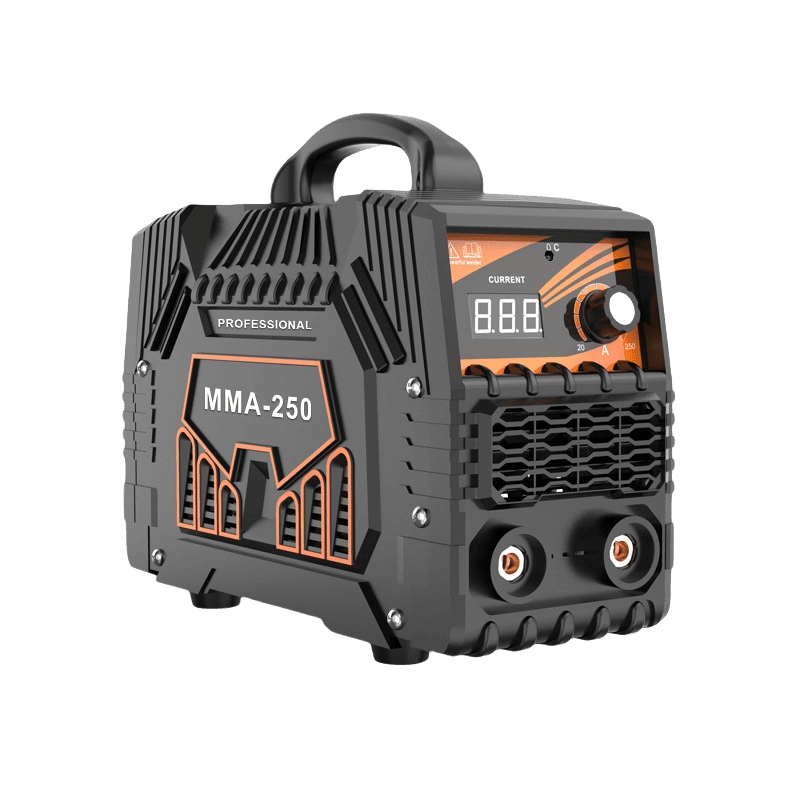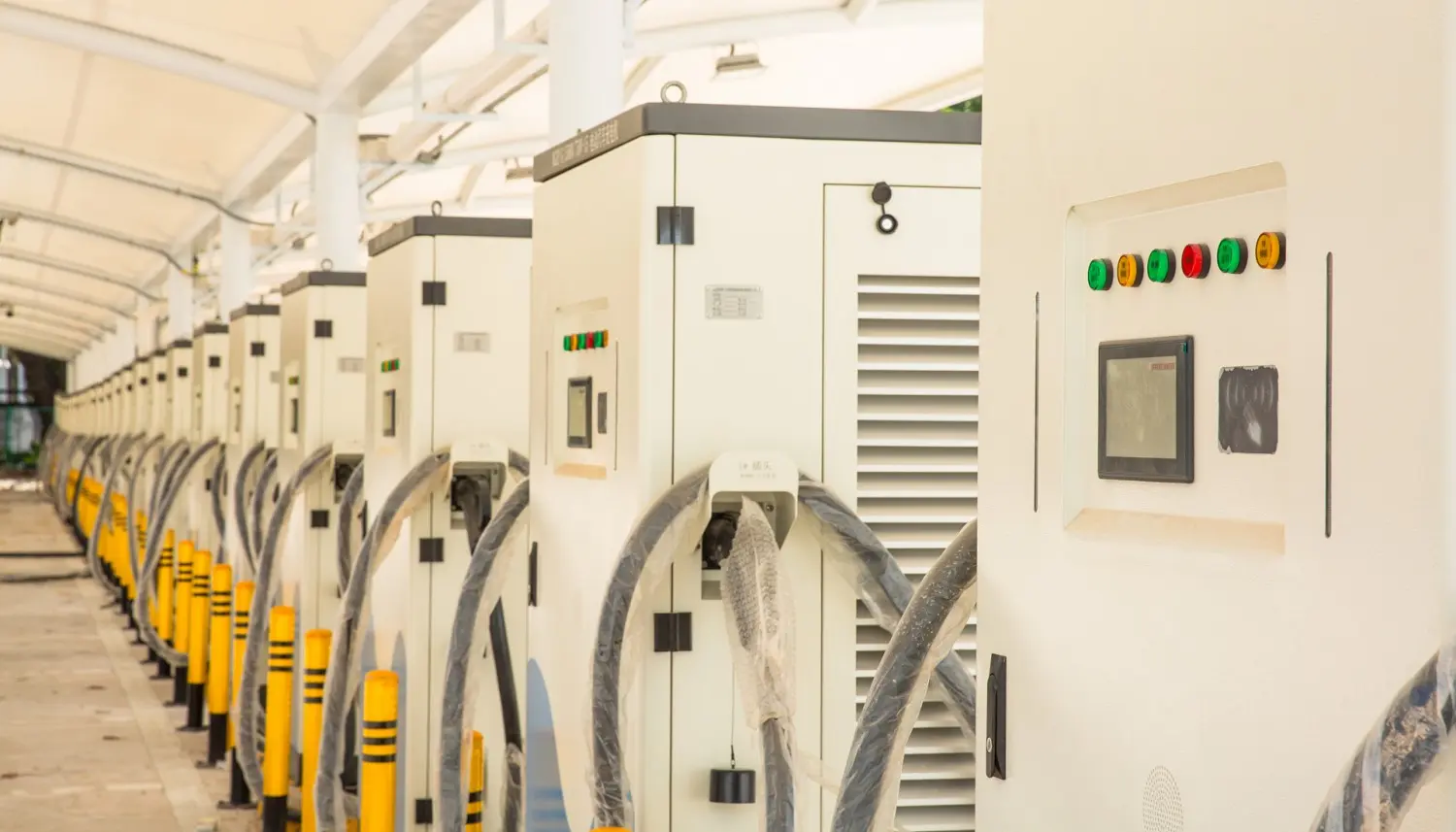Hall sensors, the unsung heroes of modern electronics, have quietly revolutionized various industries with their ability to detect and respond to magnetic fields. Named after Edwin Hall, who discovered the Hall effect, these tiny devices are making a big impact across applications ranging from automotive systems to consumer electronics. In this blog, we’ll delve into the fascinating world of Hall sensors, exploring their principles, applications, and the transformative work of companies like Leeyd Tech.
Understanding the Hall Sensor Effect:
At the heart of Hall sensors lies the Hall effect, a fundamental principle in physics. When an electric current flows through a conductor and a magnetic field is applied perpendicular to the current, a voltage difference is generated across the conductor. This phenomenon, known as the Hall voltage, forms the basis for the operation of Hall sensors.
Applications in Proximity Sensing:
One of the most straightforward applications of Hall sensors is in proximity sensing. These sensors can detect the presence or absence of a magnetic field, making them ideal for use in proximity switches. Imagine touchless faucets that respond to the proximity of your hands – Hall sensors make such applications not only possible but also reliable.
Motor Control and Position Sensing:
Hall sensors play a crucial role in modern motor control systems, particularly in brushless DC motors. By providing real-time feedback on the position and speed of the motor’s rotor, Hall sensors enable precise control, improving efficiency and performance. This technology is widely used in various applications, from household appliances to electric vehicles.
Current Sensing and Energy Management:
In electronic systems, Hall sensors are employed for current sensing. By measuring the magnetic field around a conductor carrying current, these sensors enable accurate monitoring of power consumption. This capability is invaluable in applications where energy efficiency is a priority, contributing to the development of smart and sustainable technologies.
Magnetic Encoders and Robotics:
Hall sensors find a natural fit in magnetic encoders, which are crucial in robotics and industrial automation. These sensors help determine the position of rotating shafts with remarkable precision, enhancing the overall performance and reliability of robotic systems.
Leeyd Tech’s Innovations:
Enter Leeyd Tech, a company at the forefront of innovation in the realm of Hall sensors. While specific details about their groundbreaking work might require up-to-date information, it’s worth exploring how companies like Leeyd are pushing the boundaries of sensor technology. This could involve advancements in sensor miniaturization, improved sensitivity, or novel applications that redefine industry standards.
Conclusion:
As we marvel at the seamless integration of technology into our daily lives, it’s essential to recognize the role of seemingly humble components like Hall-sensors. These tiny devices, driven by the principles of the Hall effect, are the silent architects of precision and efficiency across a myriad of industries. With companies like Leeyd Tech driving innovation in this space, the future promises even more remarkable applications and breakthroughs, further solidifying the legacy of Hall sensors in the ever-evolving landscape of technology.
Readmore – Securing Electrical Systems: Unveiling the Intricacies of Surge Arrester Construction





